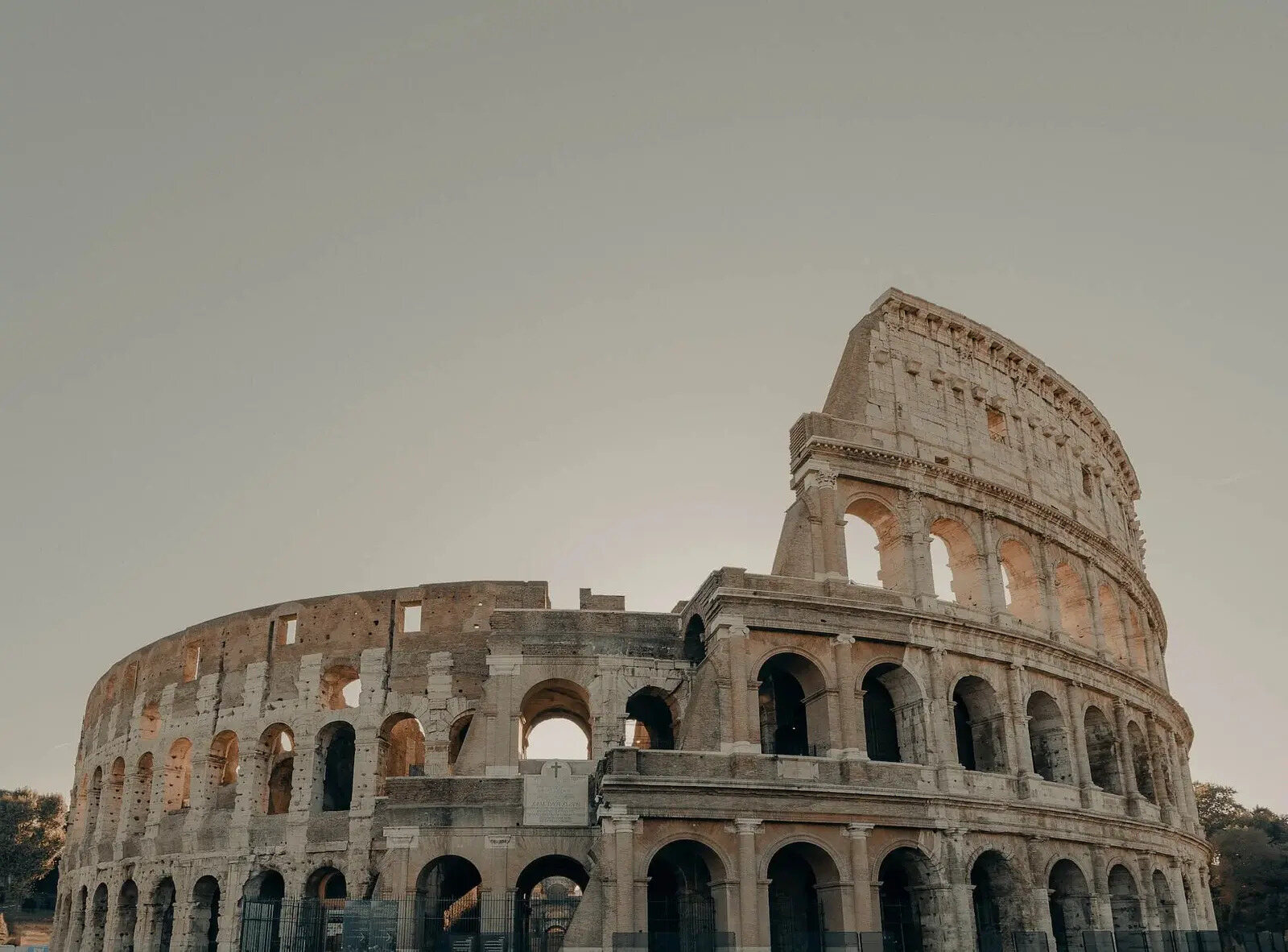
Italy is a treasure chest of history, art, and culture, boasting some of the world's most iconic landmarks. From the ancient ruins of Rome to the romantic canals of Venice, each site tells a story that spans centuries. Did you know that the Colosseum could hold up to 80,000 spectators? Or that the Leaning Tower of Pisa has been tilting since its construction in the 12th century? These landmarks are not just tourist attractions; they are windows into Italy's rich past. Whether you're planning a trip or just curious, these 28 facts about Italian landmarks will give you a deeper appreciation for this beautiful country. Buckle up for a journey through time, architecture, and fascinating trivia!
Key Takeaways:
- The Colosseum in Rome was the largest amphitheater ever built, hosting gladiator contests and mock sea battles. It's a testament to advanced Roman engineering and a must-see for history buffs.
- The Leaning Tower of Pisa, known for its tilt, has 294 steps to the top. Efforts to stabilize it have been ongoing since the 20th century, making it a fascinating engineering marvel.
The Colosseum: Rome's Ancient Amphitheater
The Colosseum, also known as the Flavian Amphitheatre, is one of the most iconic landmarks in Italy. This ancient structure has a rich history and many fascinating facts.
- The Colosseum could hold up to 80,000 spectators, making it the largest amphitheater ever built.
- It was constructed between 70-80 AD under the emperors Vespasian and Titus.
- The Colosseum was used for gladiatorial contests, public spectacles, and even mock sea battles.
- An estimated 500,000 people and over a million wild animals died in the Colosseum games.
- The structure is made of concrete and sand, showcasing advanced Roman engineering.
Leaning Tower of Pisa: The Tilted Wonder
The Leaning Tower of Pisa is famous for its unintended tilt. This architectural marvel attracts millions of visitors each year.
- The tower began leaning during construction in the 12th century due to unstable foundation soil.
- It stands at about 56 meters tall on the low side and 57 meters on the high side.
- The tower has 294 steps leading to the top.
- Efforts to stabilize the tower have been ongoing since the 20th century, successfully reducing the tilt.
- Galileo Galilei is said to have conducted his gravity experiments from the tower.
Venice's Grand Canal: The Main Waterway
Venice is known for its canals, and the Grand Canal is the most significant of them all. This waterway is the heart of the city.
- The Grand Canal is about 3.8 kilometers long and 30 to 90 meters wide.
- It is lined with over 170 buildings, most of which date back to the 13th to 18th centuries.
- The canal is crossed by four bridges, including the famous Rialto Bridge.
- Gondolas and water buses (vaporetti) are the primary modes of transport on the canal.
- The Grand Canal has been a major trade route since medieval times.
Florence's Duomo: A Renaissance Masterpiece
Florence's Cathedral, known as the Duomo, is a stunning example of Renaissance architecture. Its dome dominates the city's skyline.
- The Duomo's full name is Cattedrale di Santa Maria del Fiore.
- The dome was designed by Filippo Brunelleschi and completed in 1436.
- It remains the largest brick dome ever constructed.
- The cathedral's exterior is adorned with pink, white, and green marble.
- Visitors can climb 463 steps to reach the top of the dome for a panoramic view of Florence.
The Vatican: Center of the Catholic Church
The Vatican City is the smallest independent state in the world and the spiritual center for Catholics worldwide.
- St. Peter's Basilica, located in the Vatican, is one of the largest churches in the world.
- The Sistine Chapel, also in the Vatican, features Michelangelo's famous ceiling frescoes.
- The Vatican Museums house one of the most extensive art collections globally.
- Vatican City has its own postal system, radio station, and even a railway station.
- The Swiss Guard, established in 1506, serves as the Pope's personal security force.
Pompeii: The Ancient City Frozen in Time
Pompeii offers a unique glimpse into ancient Roman life, preserved by the catastrophic eruption of Mount Vesuvius in 79 AD.
Italian Landmarks: A Glimpse into History
Italian landmarks offer a rich tapestry of history, culture, and architectural brilliance. From the Colosseum in Rome to the Leaning Tower of Pisa, each site tells a unique story. These landmarks aren't just tourist spots; they’re windows into Italy's past. The Vatican City stands as a testament to religious significance, while Venice's canals showcase engineering marvels. Florence's Duomo highlights Renaissance art, and Pompeii gives a snapshot of ancient life frozen in time. Visiting these places provides more than just visual pleasure; it’s an educational journey through centuries. Whether you're a history buff, an art lover, or simply curious, Italy's landmarks have something for everyone. So, next time you plan a trip, consider diving into the rich heritage that these sites offer. You won't be disappointed.
Frequently Asked Questions
Was this page helpful?
Our commitment to delivering trustworthy and engaging content is at the heart of what we do. Each fact on our site is contributed by real users like you, bringing a wealth of diverse insights and information. To ensure the highest standards of accuracy and reliability, our dedicated editors meticulously review each submission. This process guarantees that the facts we share are not only fascinating but also credible. Trust in our commitment to quality and authenticity as you explore and learn with us.
